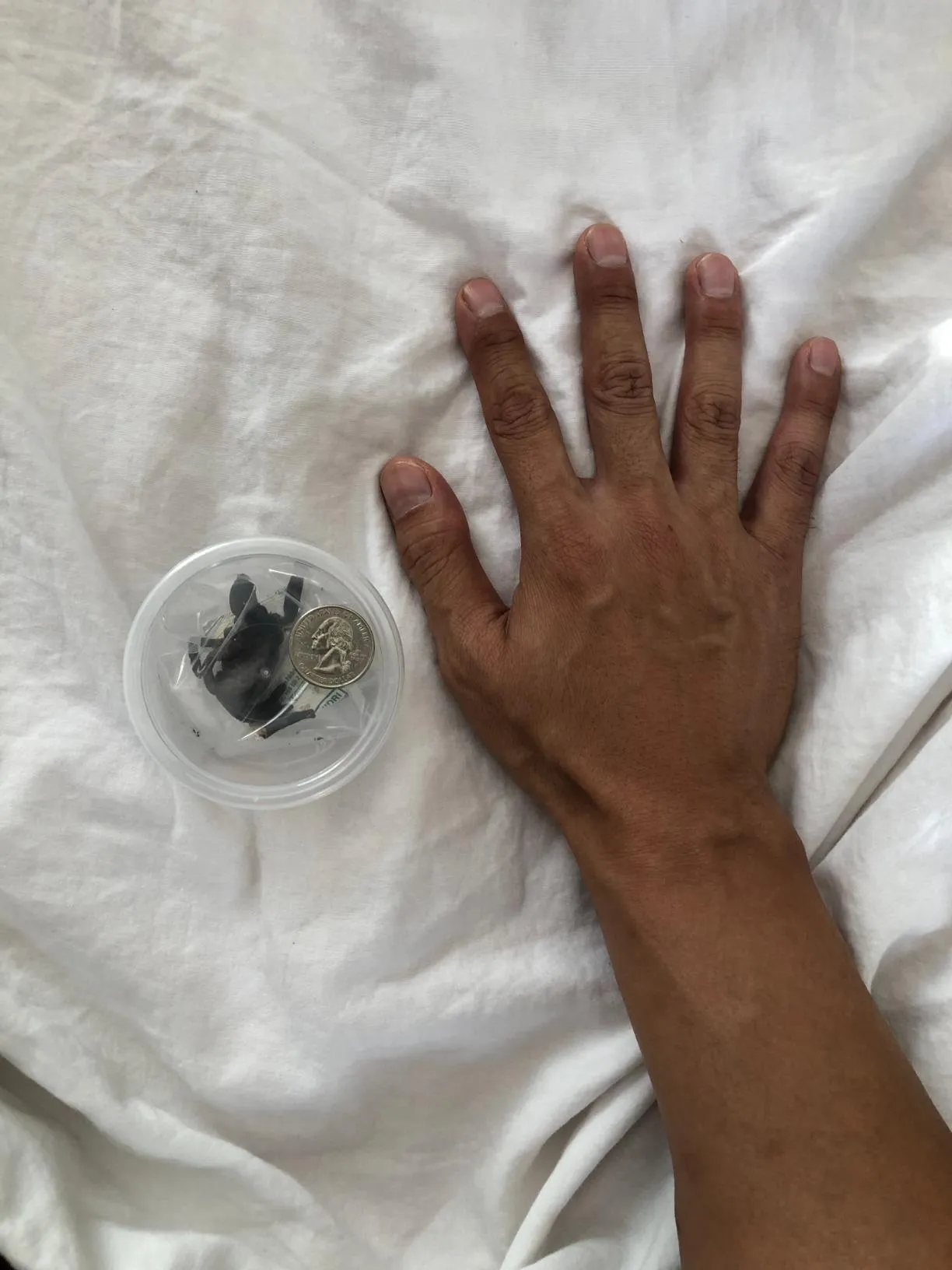Why Hydration is Crucial for Tarantulas
Hydration is the cornerstone of tarantula health. These fascinating creatures, native to diverse environments, depend on proper hydration to thrive. Unlike mammals, tarantulas don’t have complex systems for regulating water balance. They absorb moisture directly through their exoskeleton and by drinking. Dehydration can quickly lead to serious health issues, making understanding and implementing effective hydration methods essential for any tarantula keeper. Proper hydration supports vital functions such as molting, metabolism, and overall activity levels. A well-hydrated tarantula is more likely to be active, eat regularly, and successfully molt, ensuring a long and healthy life. Neglecting hydration is one of the most common mistakes made by new tarantula owners, so it’s important to prioritize this aspect of their care.
Dehydration Risks in Tarantulas
Dehydration poses significant risks to tarantulas, often leading to life-threatening conditions. A dehydrated tarantula can experience a range of adverse effects, including difficulty molting, loss of appetite, and reduced activity. Molting is a critical process for tarantulas to grow and replace their exoskeletons. Dehydration makes this process incredibly challenging, potentially leading to a failed molt, which can be fatal. Dehydration also disrupts the tarantula’s metabolism, making it difficult for them to process food and absorb essential nutrients. This can lead to malnutrition and weakened immune systems. Moreover, a dehydrated tarantula will become lethargic and less responsive to its environment, making it more vulnerable to stress and illness. Recognizing and addressing these risks is crucial to ensure your tarantula’s well-being.
Recognizing Dehydration Symptoms
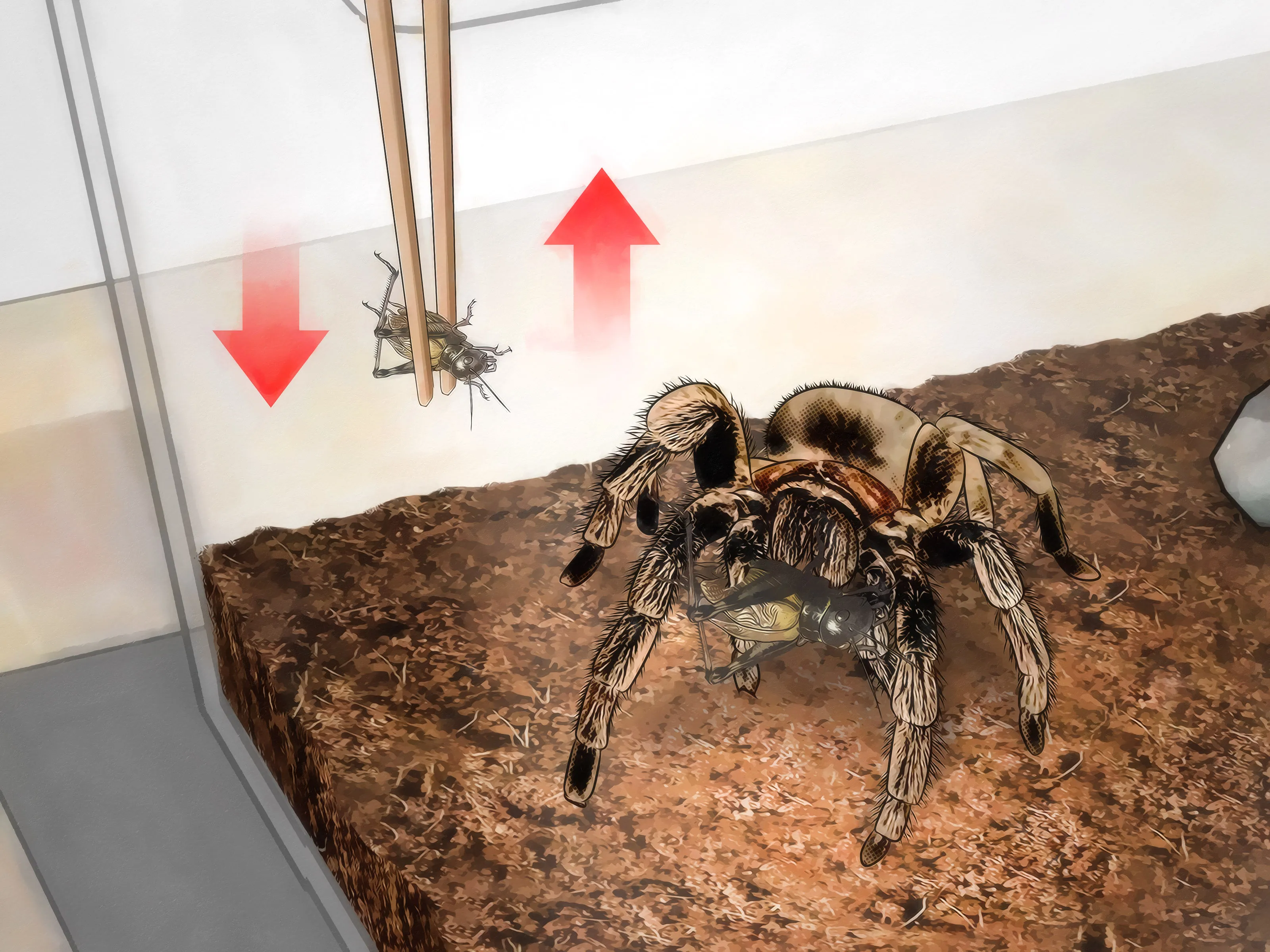
Early detection of dehydration is key to preventing serious health issues. Several telltale signs can indicate your tarantula needs more water. One of the most noticeable symptoms is a wrinkled or shrunken abdomen. A healthy tarantula’s abdomen should be plump and rounded. If it appears deflated or the skin looks excessively wrinkled, it’s a clear sign of dehydration. Another indicator is a change in the tarantula’s behavior. Dehydrated tarantulas often become sluggish, inactive, and may refuse to eat. They might also exhibit difficulty moving or walking. Furthermore, check for signs of dehydration during molting; a tarantula struggling to molt or with a failed molt is often an indication of insufficient hydration. Regularly observe your tarantula, and if you notice any of these symptoms, take immediate action to rehydrate it. Remember, early intervention significantly increases the chances of a successful recovery.
Best Hydration Methods
Providing adequate hydration involves several methods to ensure your tarantula has access to water. The most effective approach is a combination of techniques that cater to their needs. This includes a readily available water source, controlled humidity levels, and the right substrate. Different methods will be appropriate for different tarantula species, and the best keepers will know what is most appropriate. By understanding the different methods, you can maintain the appropriate humidity levels and promote the health and well-being of your tarantula.
Water Bowl Setup
A water bowl is a fundamental component of tarantula hydration. Providing a clean and accessible water source is essential for their well-being. The water bowl allows the tarantula to drink at its leisure, and gives it constant access to moisture. The water bowl should be placed in a safe and easily accessible location within the enclosure. Ensure the bowl is shallow enough to prevent drowning, especially for smaller tarantulas or spiderlings. The bowl should be easy to clean and maintain, preventing the build-up of bacteria or mold. You should be cleaning this bowl and replacing the water regularly to help maintain cleanliness. Consider the placement of the water bowl so it is not near any heat sources or direct sunlight, which could cause the water to evaporate quickly.
Choosing the Right Water Bowl

Selecting the right water bowl is crucial for the tarantula’s safety and health. Choose a bowl that is appropriate for the size of your tarantula. For spiderlings and smaller species, use a very shallow water bowl, such as a bottle cap or a small, commercially available dish. This minimizes the risk of drowning. For larger tarantulas, you can use a slightly deeper bowl, but ensure it’s still shallow enough to allow easy access. The bowl should be stable and not easily tipped over, as this can disrupt the enclosure and potentially harm the tarantula. Consider the material of the water bowl. Ceramic or plastic bowls are generally safe and easy to clean. Avoid using materials that might leach chemicals into the water. Always prioritize the tarantula’s safety when choosing a water bowl.
Watering Frequency
Maintaining the right watering frequency is critical to ensuring your tarantula stays hydrated. The frequency of refilling the water bowl will depend on several factors, including the tarantula’s size, the ambient temperature, and the enclosure’s humidity. Generally, the water bowl should be refilled daily or every other day to ensure a constant supply of fresh water. In warmer environments, water evaporates more quickly, so you may need to refill the bowl more often. Regularly monitor the water level in the bowl and adjust the frequency as needed. Always use fresh, clean water to prevent contamination. Ensure the water bowl is cleaned when refilling it to help maintain sanitary conditions. By paying close attention to the water levels and adjusting the frequency, you can maintain the hydration level needed.
Misting Techniques
Misting is a valuable method for supplementing a tarantula’s hydration, especially for species that prefer higher humidity levels. Misting helps increase the humidity within the enclosure, providing an additional source of moisture. Use a fine mist sprayer to lightly mist the enclosure, avoiding direct spraying on the tarantula. Instead, mist the sides of the enclosure, the substrate, and any decor. The mist should settle as droplets, which the tarantula can then drink from the surfaces. Misting is particularly beneficial for species that require higher humidity during molting or when housed in drier environments. It is important not to over-mist, as excessive moisture can lead to mold growth. Misting is a simple technique to maintain optimal hydration.
When to Mist
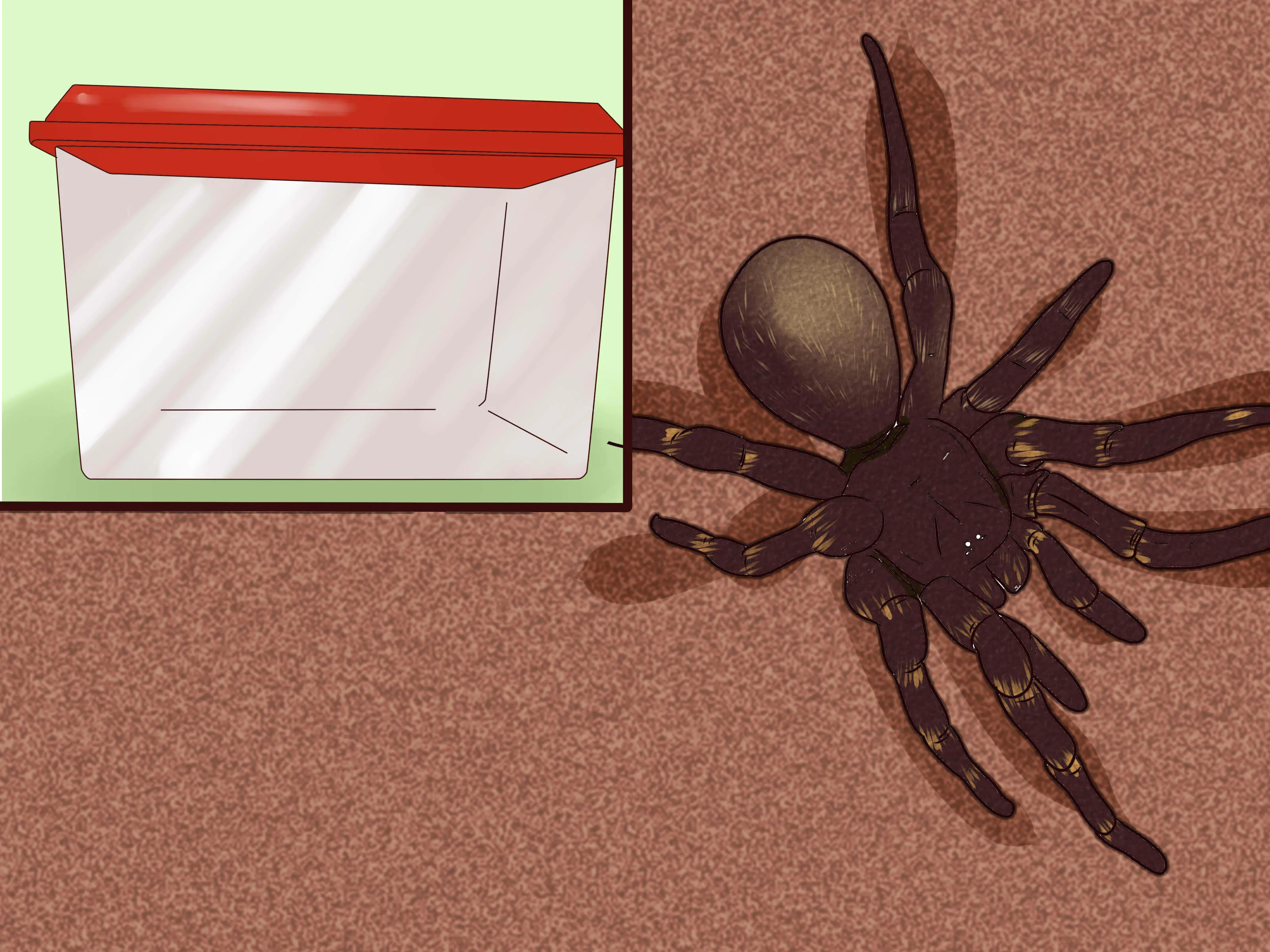
The frequency of misting depends on the tarantula’s species and the environmental conditions. Generally, misting one to three times a week is sufficient. For species that prefer higher humidity, misting every other day may be necessary. In drier climates or during periods of low humidity, you may need to increase the frequency of misting. During molting, it’s advisable to mist the enclosure lightly to assist the tarantula and raise the humidity. However, be cautious not to over-mist, as excessive humidity can cause problems. Always monitor the enclosure’s humidity levels and adjust the misting frequency accordingly. Observing your tarantula’s behavior can help you determine when misting is needed. If the tarantula seems sluggish or its abdomen appears shrunken, it might benefit from a light misting.
Misting Safety
Safety is paramount when misting a tarantula’s enclosure. Always use dechlorinated or bottled water to avoid introducing harmful chemicals. Avoid spraying the tarantula directly, as this can stress it and potentially cause respiratory issues. Instead, target the sides of the enclosure and the substrate to allow the droplets to settle naturally. Ensure that the enclosure has adequate ventilation to prevent excessive humidity, which can promote mold growth. Check the temperature of the water before misting; room temperature water is ideal, as cold water can shock the tarantula. Use a clean spray bottle specifically for the enclosure. Regularly clean and maintain the spray bottle to prevent the buildup of bacteria or mold. By following these safety guidelines, you can mist your tarantula’s enclosure safely and effectively.
Substrate Hydration
The substrate also plays a crucial role in tarantula hydration. The substrate provides a surface for the tarantula to walk on, burrow in, and regulates humidity levels. The appropriate choice of substrate can help retain moisture and create a suitable environment. Certain substrates are better at retaining moisture than others. The substrate should be kept slightly moist, but not soaking wet. It is crucial to understand the characteristics of the different substrates and how they affect the tarantula’s health and well-being.
Substrate Types and Hydration Needs
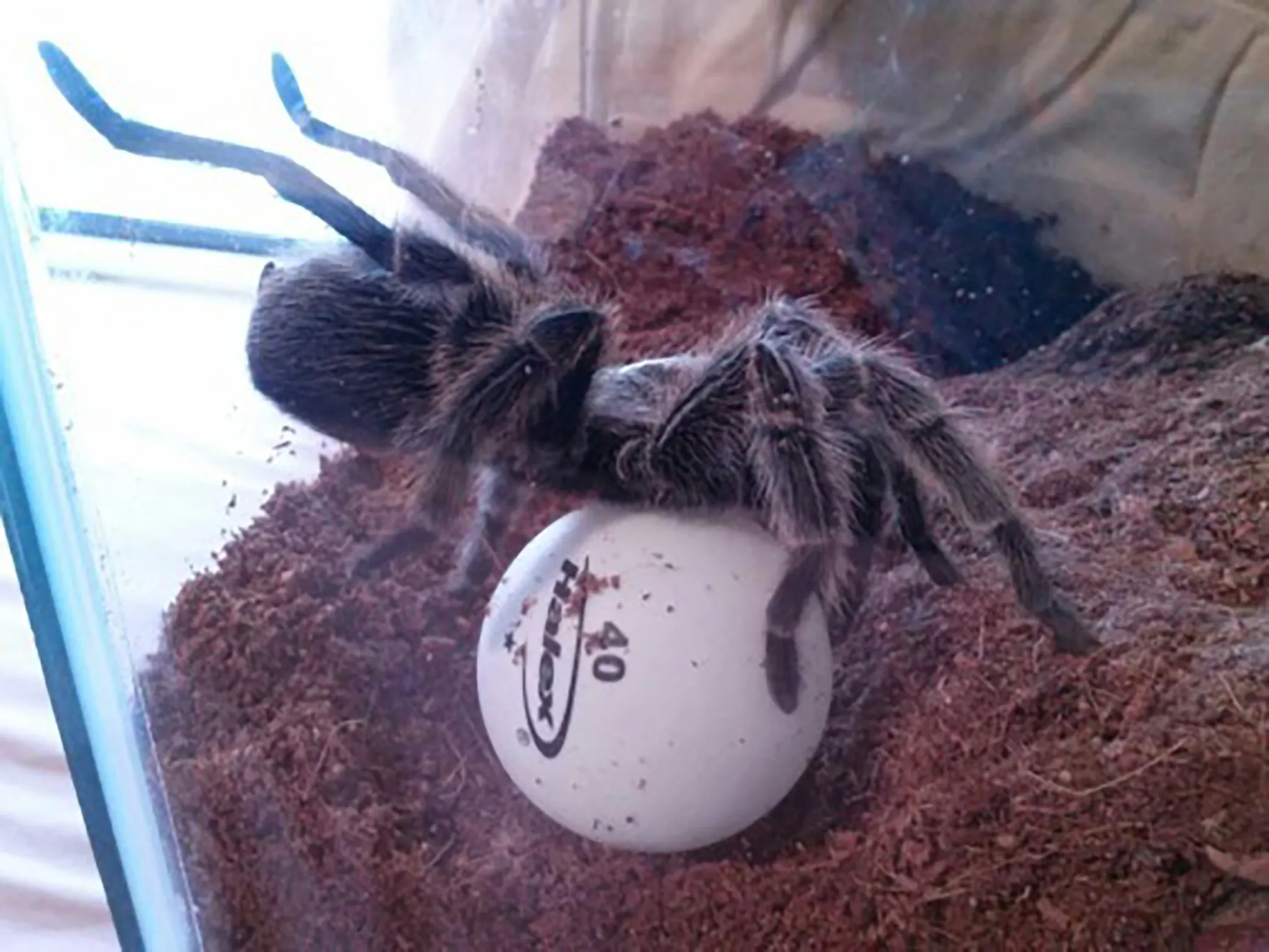
Different types of substrate have varying moisture-retention properties, which affect how you manage hydration. Popular substrate options include coconut fiber, peat moss, vermiculite, and a mixture of these. Coconut fiber is an excellent choice, as it holds moisture well and is naturally resistant to mold. Peat moss is another option, but it can be more acidic and might require more careful monitoring. Vermiculite has excellent water retention capabilities and is great for species that need very high humidity. The hydration needs vary depending on the tarantula’s species. For arid species, you might only need to slightly moisten the substrate, while for species that prefer higher humidity, you will need to keep the substrate more moist. Monitor the substrate and the enclosure humidity to ensure the tarantula’s needs are met. Choose the substrate that is most appropriate for the type of tarantula.
Maintaining Humidity Levels
Maintaining the appropriate humidity levels is essential for tarantula health. Proper humidity helps with molting, preventing dehydration, and creating a comfortable environment. Monitoring humidity and adjusting ventilation are important for maintaining the correct environment.
Using a Hygrometer
A hygrometer is an invaluable tool for monitoring humidity levels. Place the hygrometer inside the enclosure to accurately measure the humidity. Digital hygrometers are easy to read and provide precise measurements. Analog hygrometers are also an option, but they might require regular calibration. Check the humidity levels daily or regularly, comparing them to the ideal range for your tarantula’s species. If the humidity is too low, you can increase it by misting, adding a larger water bowl, or adjusting the substrate. If the humidity is too high, you might need to increase ventilation to prevent mold growth. Regularly monitoring and adjusting the humidity levels ensures that your tarantula stays healthy. Proper use of a hygrometer is one of the most essential components of hydration.
Adjusting Ventilation

Ventilation plays a significant role in regulating humidity within the enclosure. Adequate ventilation prevents the buildup of excessive moisture and promotes airflow. The correct amount of ventilation depends on the species’ humidity requirements. Enclosures should have ventilation holes in the sides or top to allow air circulation. For species that prefer higher humidity, reduce ventilation slightly to retain moisture. For species that prefer drier conditions, increase ventilation. You can adjust ventilation by partially covering ventilation holes or adding more. Monitor the humidity levels using a hygrometer and adjust the ventilation accordingly. Proper ventilation is crucial for preventing mold and maintaining the health and well-being of your tarantula.
Troubleshooting Hydration Issues
Addressing hydration issues promptly is vital to prevent serious health problems. Common problems include overhydration and dehydration, each requiring different solutions. Understanding how to recognize and correct these issues is essential for providing proper care.
Overhydration Problems
Overhydration can lead to mold growth, which is harmful to tarantulas. Signs of overhydration include consistently high humidity levels, condensation inside the enclosure, and the substrate appearing overly wet. If you suspect overhydration, increase ventilation by adding additional air holes or by improving the airflow. Reduce the misting frequency and quantity. Ensure the substrate is not waterlogged. Overwatering can create an unhealthy environment that may harm the tarantula. Regularly monitor the humidity and adjust accordingly to ensure the problem is resolved.
Dealing with Mold
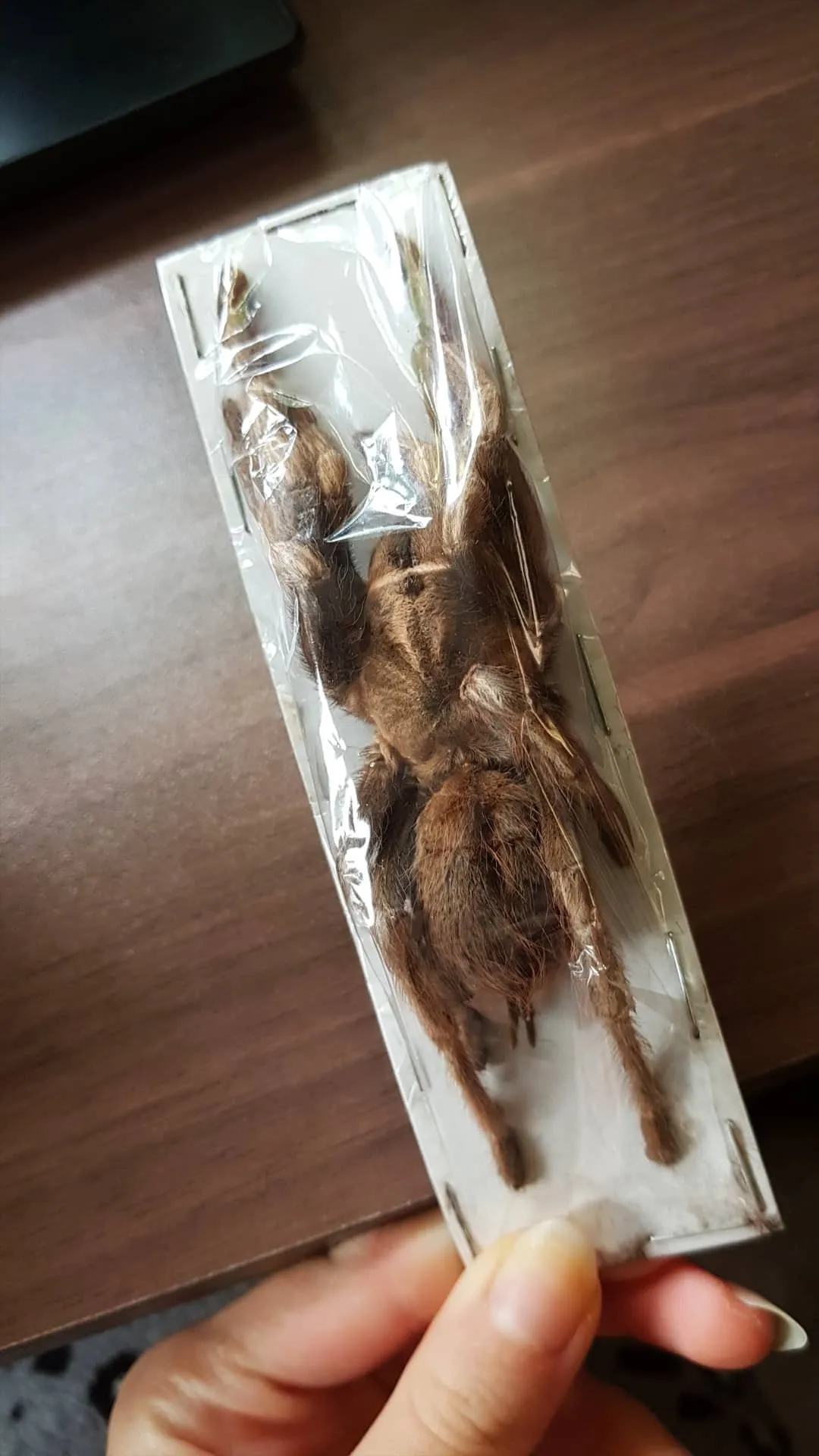
Mold is a common problem in enclosures with high humidity and poor ventilation. It can pose health risks to tarantulas. Signs of mold include visible patches of white, green, or black growth on the substrate or the enclosure walls. If you find mold, remove the affected substrate immediately and replace it with fresh, dry substrate. Improve ventilation by increasing air circulation. Reduce the humidity by adjusting your misting frequency and quantity. Clean the enclosure regularly to prevent mold spores from spreading. In extreme cases, you may need to disinfect the enclosure thoroughly before reintroducing your tarantula. Taking swift action to address mold issues is essential for maintaining a healthy environment.
Common Hydration Mistakes
Avoiding common hydration mistakes can significantly improve your tarantula’s health. Some mistakes include using the wrong water source, failing to monitor humidity, and not providing a water bowl. Awareness of these pitfalls will help you prevent them and take better care of your tarantula.
Water Source Considerations
The water source you use for your tarantula can impact its health. Always use clean and safe water to avoid introducing harmful chemicals. The safest options include dechlorinated tap water or bottled water. Tap water can contain chlorine and other chemicals, which can be harmful. If using tap water, dechlorinate it using a water conditioner specifically designed for reptiles or aquariums. Avoid using distilled water, as it lacks essential minerals. Regularly check the water source to ensure it remains clean and free of debris. By selecting the right water, you can ensure your tarantula’s hydration is safe.
Tap Water vs. Bottled Water
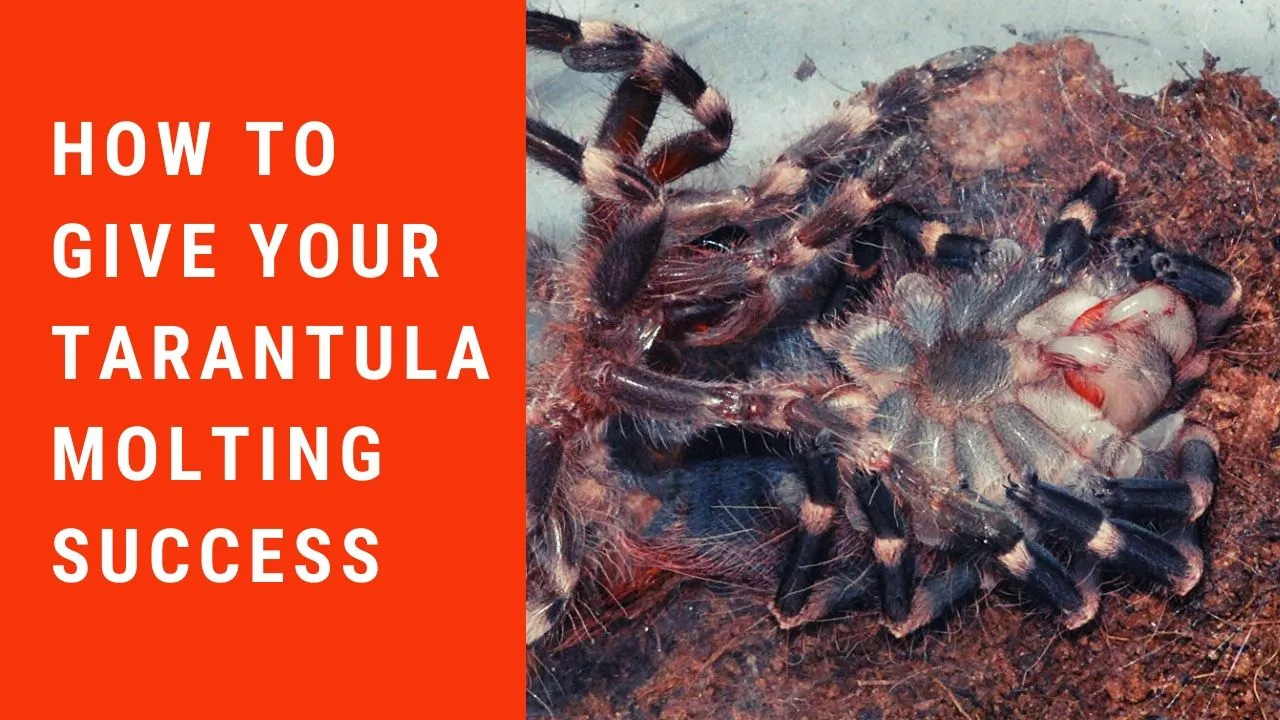
Choosing between tap water and bottled water depends on various factors. Tap water is easily accessible and cost-effective, but it can contain chlorine and other chemicals that may be harmful to your tarantula. Using a water conditioner is essential. Bottled water offers the advantage of being chlorine-free, but it can be more expensive. Always research the specific water requirements for your tarantula species. Ultimately, the best choice depends on your local water quality and your ability to provide safe water. Regularly assess the water source to maintain the optimal hydration for your tarantula.
Conclusion
Properly hydrating a tarantula is crucial for its health and well-being. By understanding the methods of hydration, recognizing the signs of dehydration, and avoiding common mistakes, you can create a thriving environment for your tarantula. Regular monitoring, appropriate water sources, and attention to humidity levels are key to ensuring a long and healthy life for your pet tarantula. Always remember that each species has specific needs, so research the hydration requirements of your tarantula and adjust your care accordingly. With proper hydration, you can enjoy the fascinating world of tarantulas while ensuring they thrive.
